The Gregorian Calendar: A Legacy Of Reform And Refinement
The Gregorian Calendar: A Legacy of Reform and Refinement
Associated Articles: The Gregorian Calendar: A Legacy of Reform and Refinement
Introduction
With nice pleasure, we are going to discover the intriguing subject associated to The Gregorian Calendar: A Legacy of Reform and Refinement. Let’s weave attention-grabbing info and provide recent views to the readers.
Desk of Content material
The Gregorian Calendar: A Legacy of Reform and Refinement
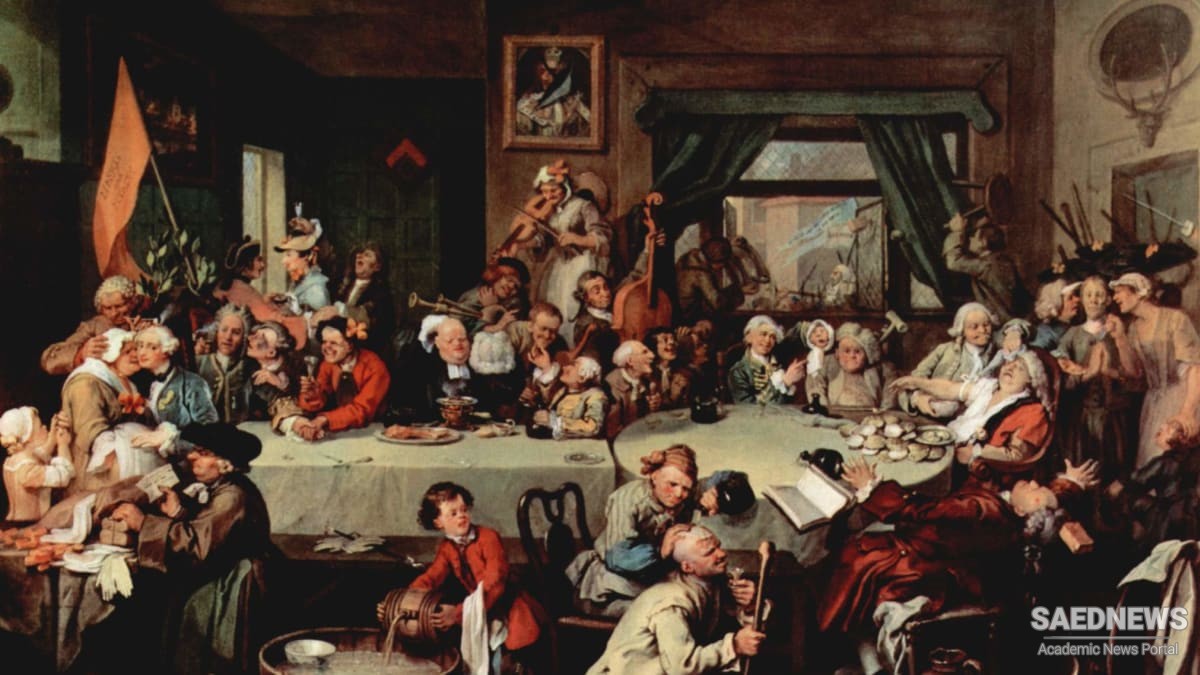
The Gregorian calendar, the globally dominant calendar system right now, is way over a easy technique of reckoning time. It represents centuries of astronomical commentary, mathematical calculation, and political maneuvering, a testomony to humanity’s enduring quest for accuracy and order within the measurement of years, months, and days. Understanding its origins and evolution reveals an interesting interaction of science, faith, and energy.
The calendar we use is in the end rooted within the Julian calendar, established by Julius Caesar in 45 BCE. The Julian calendar, a big enchancment on its predecessors, adopted a photo voltaic yr of 365.25 days, accounting for the fractional day by introducing a bissextile year each 4 years. This method, whereas a substantial advance, contained a delicate however important flaw. The precise photo voltaic yr, the time it takes the Earth to finish one orbit across the solar, is barely shorter than 365.25 days – roughly 365.2422 days. This seemingly minuscule distinction, accumulating over centuries, led to a gradual drift between the calendar and the seasons. By the sixteenth century, this discrepancy had grown to roughly 10 days. The vernal equinox, historically celebrated on March twenty first, had shifted backward by this quantity, creating important issues for the liturgical calendar of the Catholic Church, which relied closely on the timing of the equinox for figuring out the date of Easter.
The rising disparity between the calendar and the astronomical actuality prompted Pope Gregory XIII to fee a reform. He assembled a workforce of astronomers and mathematicians, together with Christopher Clavius, a number one Jesuit scholar, to plot a extra correct calendar. Their work culminated within the papal bull Inter gravissimas of February 24, 1582, which launched the Gregorian calendar.
The Gregorian reform addressed the Julian calendar’s inaccuracy by subtly adjusting the bissextile year rule. Whereas leap years continued to happen each 4 years, the Gregorian calendar stipulated that years divisible by 100 would not be leap years, except they have been additionally divisible by 400. This seemingly small change considerably decreased the buildup of error. Years like 1700, 1800, and 1900, which might have been leap years below the Julian system, have been omitted, correcting the collected error. Nevertheless, the yr 2000, being divisible by 400, remained a bissextile year. This intricate rule, primarily based on a extra exact understanding of the photo voltaic yr’s size, minimized the long-term drift between the calendar and the seasons.
The speedy influence of the Gregorian calendar’s implementation was dramatic. To right the present 10-day discrepancy, October 4, 1582, was instantly adopted by October 15, 1582. This abrupt shift triggered appreciable confusion and resistance, significantly amongst those that have been proof against papal authority or just discovered the change disruptive. The adoption of the Gregorian calendar wasn’t uniform throughout the globe. Catholic nations largely adopted the reform comparatively rapidly, whereas Protestant nations, and plenty of others, have been slower to embrace it, usually for political causes. Nice Britain and its colonies, for example, solely adopted the Gregorian calendar in 1752, leading to a 11-day shift (the additional day collected since 1582). This led to widespread protests and riots, as individuals feared they have been dropping days of their lives or wages. Russia solely adopted the Gregorian calendar in 1918, after the Bolshevik Revolution. Even right now, some remoted communities proceed to make use of older calendar methods.
The Gregorian calendar’s success lies not solely in its improved accuracy but additionally in its adaptability. Its construction, primarily based on the Julian calendar, retains the acquainted framework of 12 months, with various numbers of days, and the acquainted week of seven days. This familiarity ensured a smoother transition for many populations, even when the bissextile year rule was modified. The inherent simplicity of the calendar, regardless of the complexity of its underlying astronomical calculations, has contributed to its international acceptance.
Past its sensible operate as a time-keeping system, the Gregorian calendar additionally holds important cultural and non secular significance. The calculation of non secular holidays, significantly Easter, depends straight on the calendar’s accuracy. The date of Easter, decided by the primary Sunday after the primary full moon following the vernal equinox, is intrinsically linked to the Gregorian calendar’s precision in monitoring the photo voltaic yr. Many different non secular and secular festivals and observances are tied to particular dates throughout the Gregorian calendar, highlighting its deep integration into human tradition.
Nevertheless, the Gregorian calendar shouldn’t be with out its limitations. Whereas considerably extra correct than the Julian calendar, it nonetheless is not completely aligned with the photo voltaic yr. The Gregorian calendar’s common yr size is 365.2425 days, whereas the true photo voltaic yr is roughly 365.2422 days. This small distinction will finally result in an additional, albeit minuscule, drift over millennia. The present system, subsequently, shouldn’t be a definitive answer, however fairly a extremely refined approximation. Proposals for additional refinements have been made, however none have gained widespread acceptance because of the already excessive stage of accuracy and the potential disruption of adjusting the established system.
Moreover, the Gregorian calendar’s construction is inherently tied to the photo voltaic yr, neglecting the lunar cycle. It is a important distinction to lunar calendars, which monitor the moon’s phases. The disconnect between the photo voltaic and lunar cycles necessitates using advanced algorithms for figuring out the dates of non secular holidays that rely on each cycles, corresponding to Easter.
In conclusion, the Gregorian calendar stands as a outstanding achievement within the historical past of timekeeping. Its improvement represents a fusion of scientific rigor and sensible software, addressing the restrictions of its predecessors whereas sustaining a well-recognized and simply understood construction. Whereas not an ideal system, its accuracy and widespread adoption have made it the dominant calendar worldwide, shaping our understanding of time and influencing numerous facets of human tradition and society. Its legacy extends far past its operate as a easy technique of organizing days, months, and years; it represents a sustained effort to harmonize human expertise with the rhythms of the cosmos. The continuing use of the Gregorian calendar, regardless of its inherent limitations, is a testomony to its enduring success and the profound influence it has had on the world.
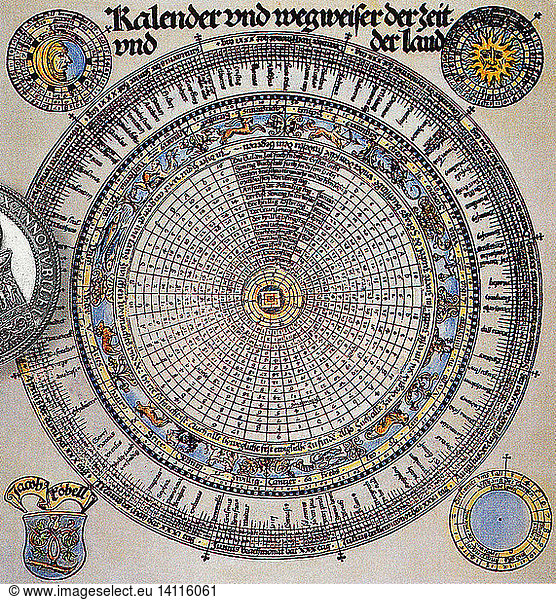
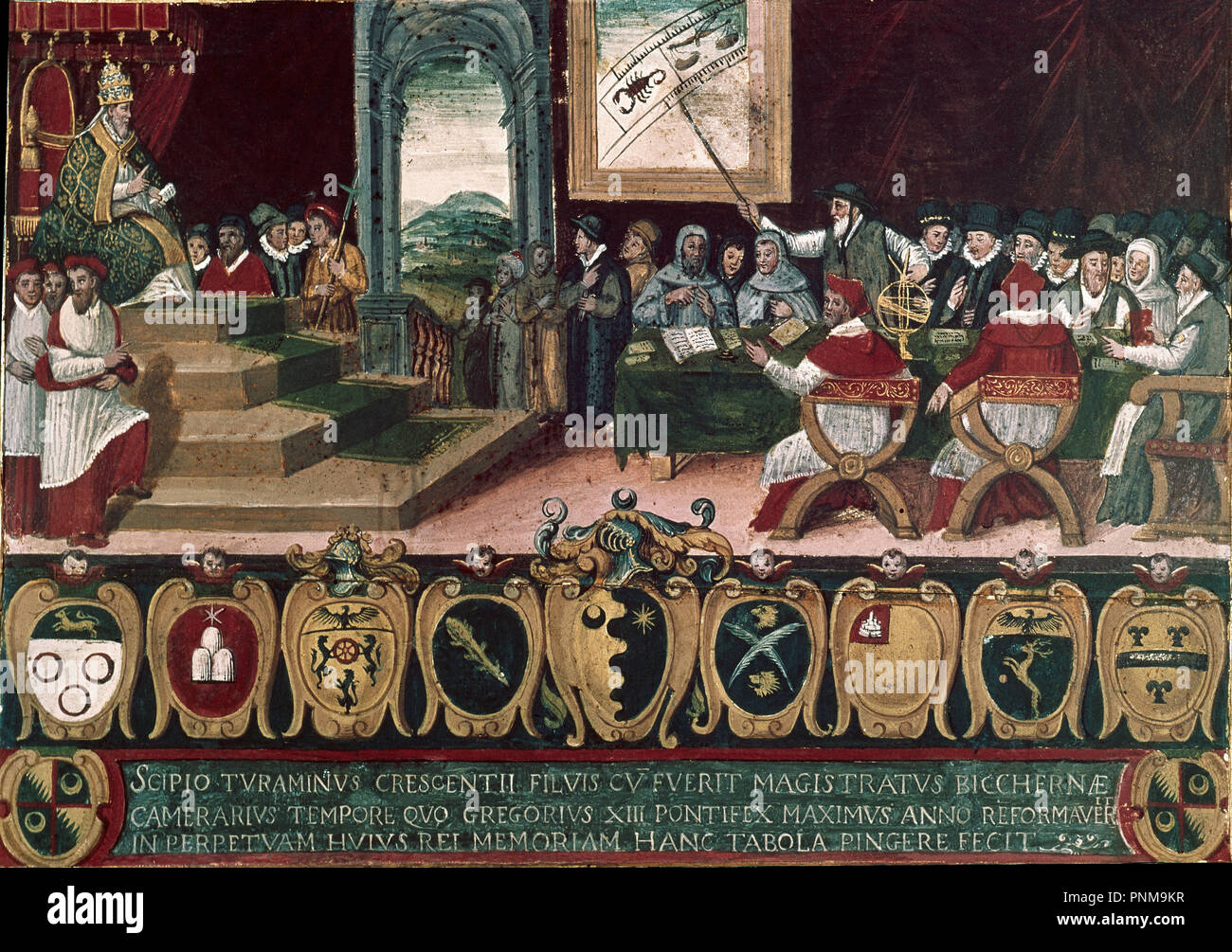
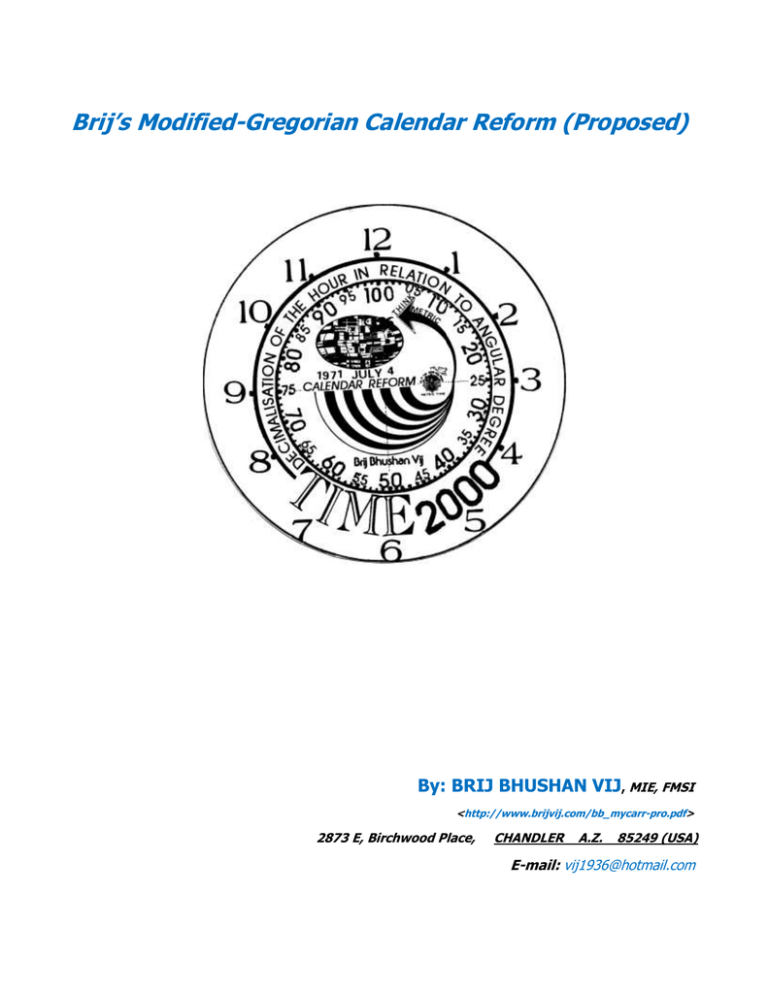
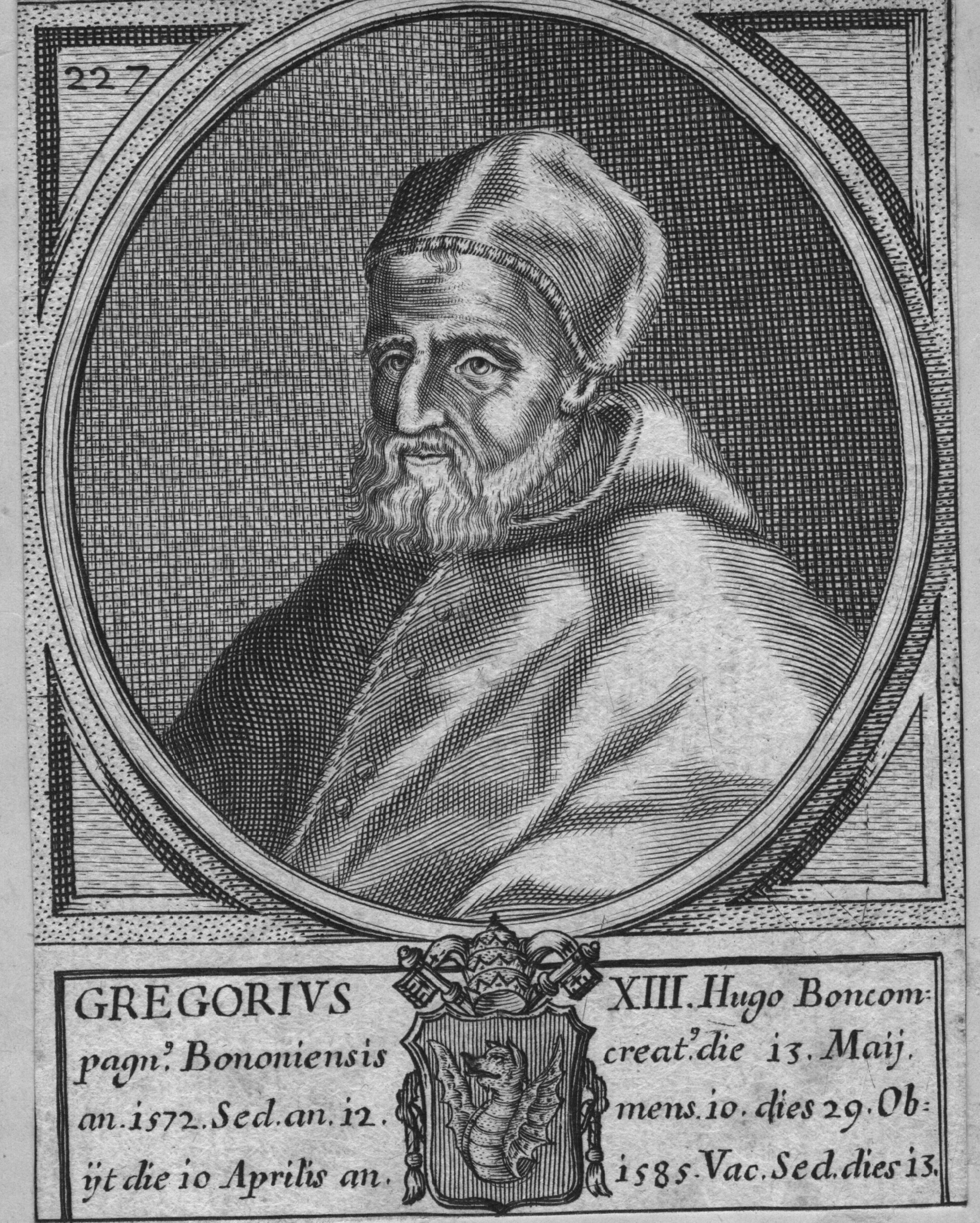
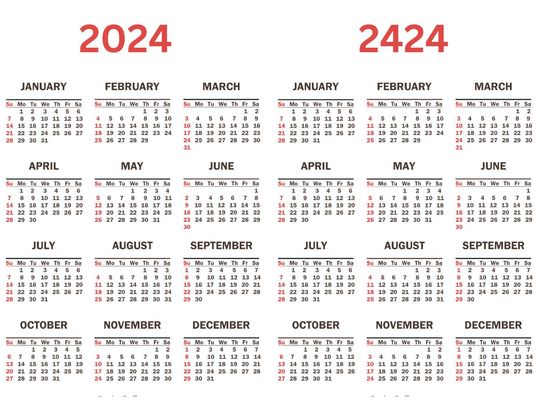



Closure
Thus, we hope this text has offered helpful insights into The Gregorian Calendar: A Legacy of Reform and Refinement. We thanks for taking the time to learn this text. See you in our subsequent article!
Leave a Reply